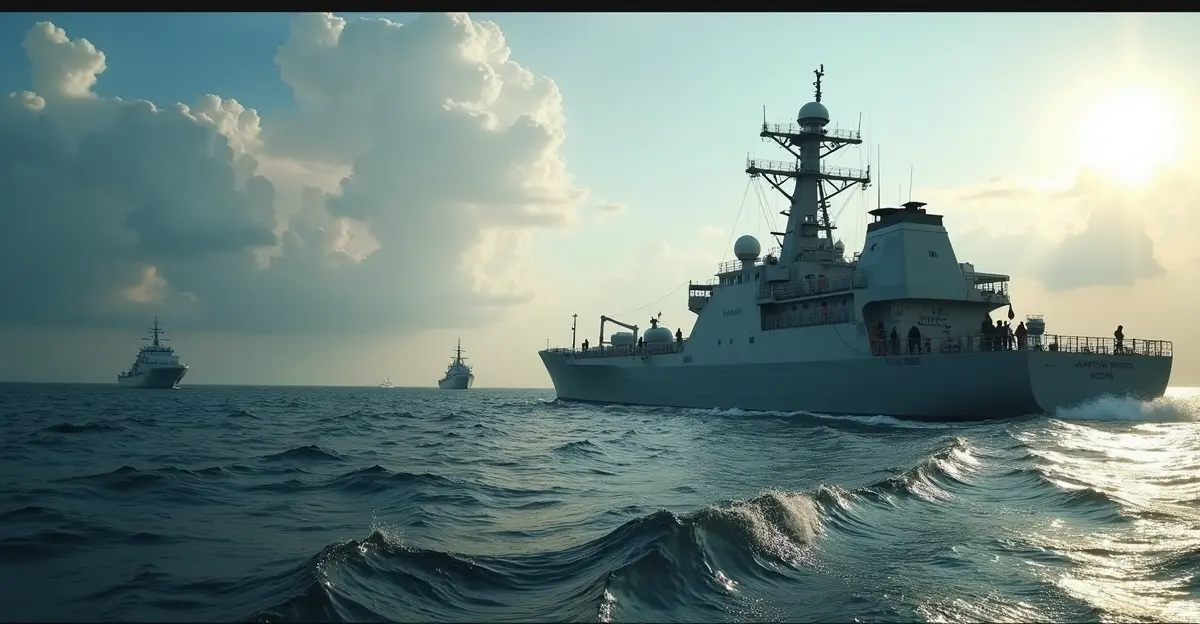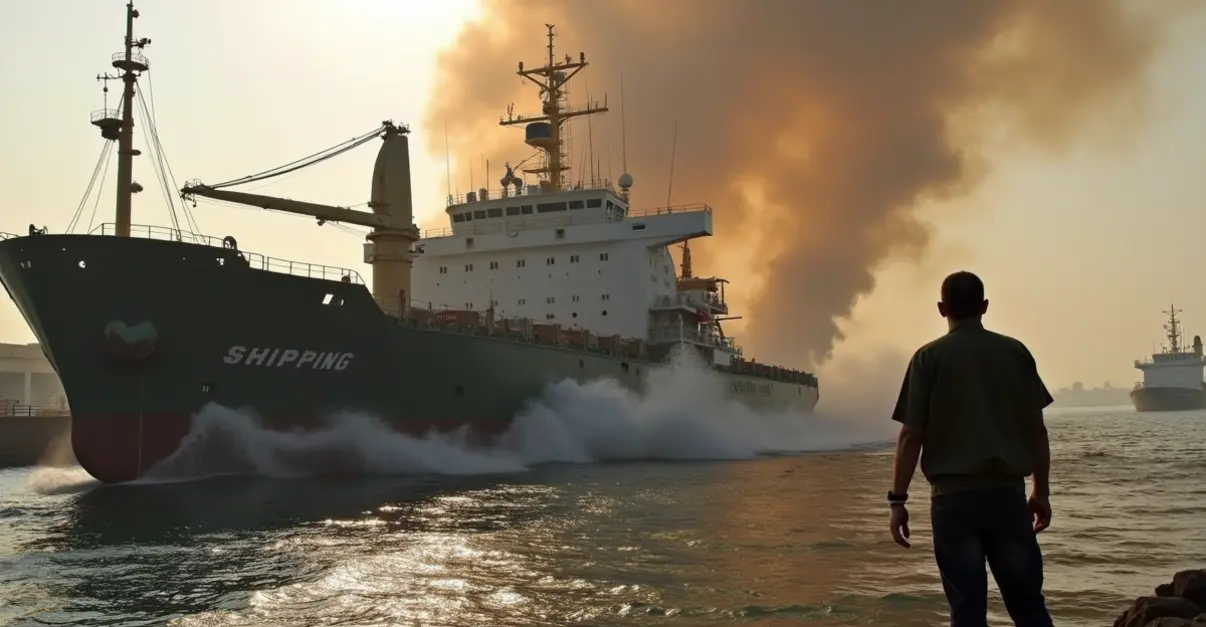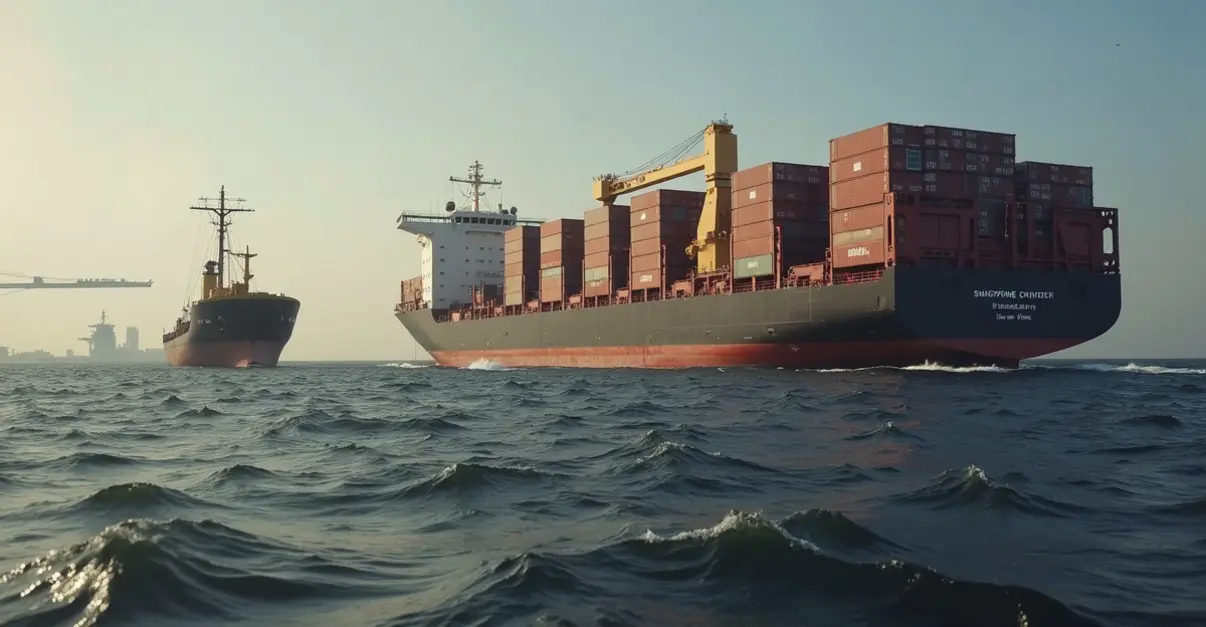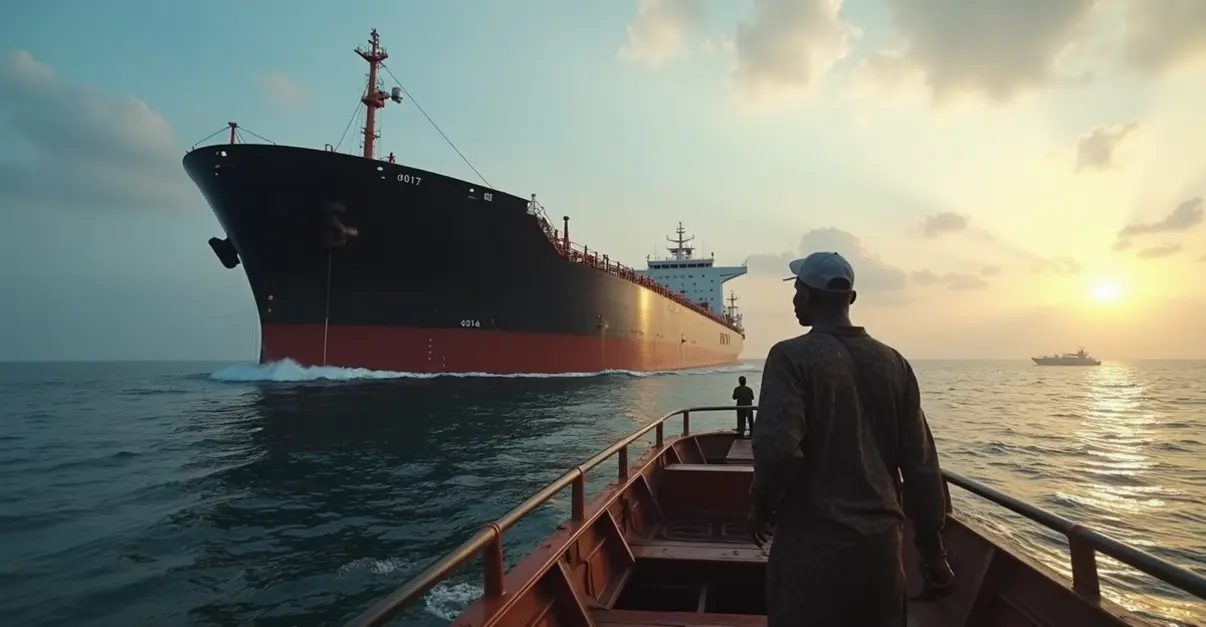International maritime security partnerships are expanding in 2025 with enhanced naval escorts, intelligence sharing, and private security measures to protect global trade routes from piracy, geopolitical threats, and emerging challenges.

International Cooperation Intensifies Amid Rising Maritime Threats
As global trade routes face unprecedented security challenges in 2025, international maritime security partnerships are expanding rapidly to protect vital shipping lanes. With piracy resurging in key regions and geopolitical tensions escalating, nations are strengthening naval cooperation, intelligence sharing, and private security measures to safeguard the $14 trillion worth of goods transported by sea annually.
Naval Escorts and Multinational Operations
The year 2025 has witnessed significant expansion of naval escort operations in high-risk areas. According to NATO's Alliance Maritime Strategy published in October 2025, the alliance has intensified patrols in the Baltic, Black, and Mediterranean Sea regions. 'Russia remains the most significant, direct, and long-term threat to Allies' security,' the strategy states, highlighting Moscow's military build-up in critical maritime zones.
In the Indian Ocean and Gulf of Aden, combined naval task forces from the European Union, United States, India, and Japan have increased escort operations for commercial vessels. The Indian Navy's successful rescue of the MV Ruen in March 2025 demonstrated the effectiveness of rapid response capabilities. 'Our coordinated efforts have reduced pirate attacks by 40% in the first half of 2025 compared to the same period last year,' says Commodore Rajesh Kumar of the Indian Navy's Western Command.
Intelligence Sharing Networks Expand
Maritime Information Sharing (MIS) initiatives have become crucial components of global security frameworks. The U.S. Maritime Information Sharing programs now operate across three major regions: MIS-East Pacific, MIS-South Atlantic, and MIS-West Pacific. These partnerships enable real-time data exchange about vessel movements, crew lists, and potential threats.
'The ability to share high-fidelity maritime information among international partners has been transformative,' explains Sarah Chen, director of the Maritime Security Coordination Center. 'We're seeing unprecedented cooperation between military, law enforcement, and commercial entities to identify and mitigate risks before they materialize.'
The European Union's revised Maritime Security Strategy, adopted in 2023, continues to provide the framework for intelligence cooperation among member states. The strategy emphasizes integrating maritime security into broader EU policies while promoting stability and sustainable use of the seas.
Private Security Measures Evolve
Private maritime security companies are experiencing record growth as shipping companies seek additional protection. The global maritime security market is projected to grow from $34.91 billion in 2024 to $49.49 billion by 2032, according to industry analysis presented at the DSI Maritime Security Summit scheduled for July 2025.
Leading companies like Hart Maritime, Seagull Maritime Security, and i.b.s.® are deploying advanced technologies including unmanned systems, artificial intelligence, and cyber protection measures. 'Our armed security teams have successfully prevented 27 attempted boardings in the Gulf of Guinea this year alone,' reports Michael Donovan, CEO of Hart Maritime. 'The combination of experienced personnel and cutting-edge technology creates a formidable defense system.'
These private security providers work closely with naval forces, sharing intelligence and coordinating responses. Many hold international certifications including ISO 28007 for private maritime security companies and comply with IMO, SOLAS, and ISPS codes.
Regional Challenges and Responses
Different regions face distinct security challenges requiring tailored approaches. In the Gulf of Guinea, where piracy incidents remain high, regional cooperation through the Yaoundé Architecture has improved coordination among West African navies. Meanwhile, in Southeast Asia, the Singapore Strait and Strait of Malacca continue to experience significant piracy activity, prompting enhanced patrols by littoral states.
The Red Sea and Gulf of Aden face complex threats from Houthi attacks and resurgent Somali piracy. 'The situation requires constant vigilance and adaptive strategies,' notes Captain Elena Rodriguez of the EU Naval Force. 'We've seen pirates adapting their tactics, using mother ships and increasingly sophisticated equipment.'
According to the International Maritime Bureau, while overall piracy incidents decreased in 2024, violence against crew members increased significantly, highlighting the need for continued security measures.
Future Outlook and Challenges
The GAO report GAO-25-106953 identified critical gaps in assessing the effectiveness of maritime security approaches. The report recommends developing objective performance metrics to better evaluate security measures and inform resource allocation.
As climate change opens new Arctic shipping routes and cyber threats to maritime infrastructure increase, security partnerships must continue evolving. 'The maritime domain is becoming more contested and complex,' concludes Admiral James Thompson, commander of U.S. Naval Forces Europe-Africa. 'Our success depends on maintaining strong partnerships across government, military, and private sectors to protect global commerce.'

 Nederlands
Nederlands
 English
English
 Deutsch
Deutsch
 Français
Français
 Español
Español
 Português
Português









